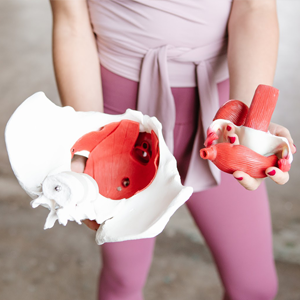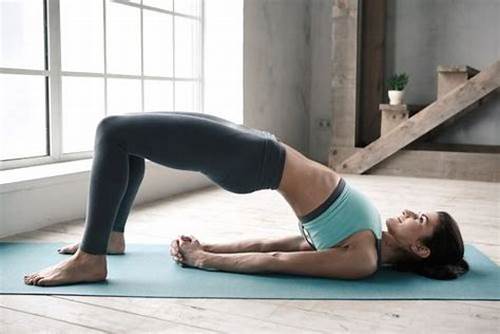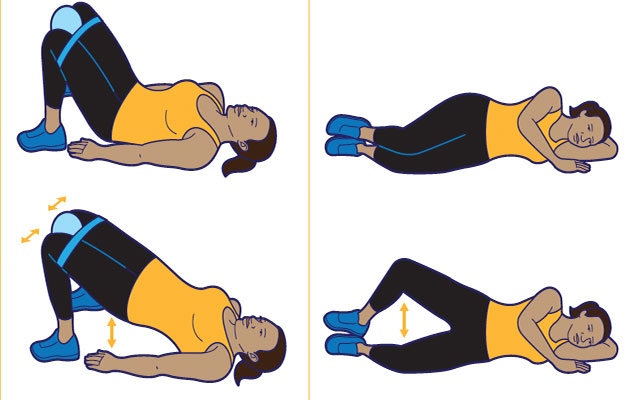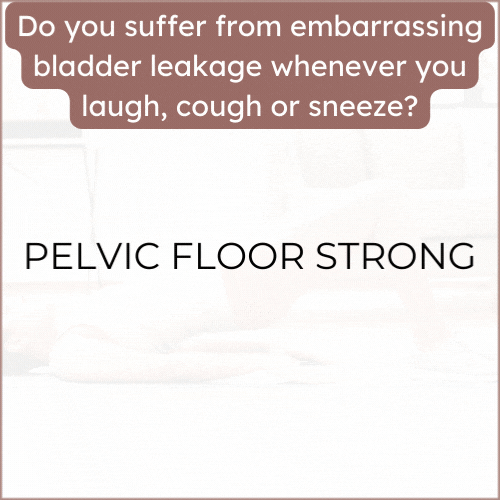Physical Therapy Bladder Control Kegels for Women that STOP BLADDER LEAKS
Physical therapy is an effective treatment option for women experiencing bladder control issues and urinary incontinence. One common technique used in physical therapy is Kegel exercises, which aim to strengthen the pelvic floor muscles that support the bladder and control urination. Kegel exercises involve contracting and relaxing the muscles of the pelvic floor and can be performed by squeezing the muscles as if trying to stop urine flow or imagining the muscles lifting up and in towards the body.
Kegel exercises are generally helpful for women with mild to moderate urinary incontinence due to stress or urge incontinence, and can be performed during pregnancy or after childbirth to improve symptoms [1]. A pelvic floor physical therapist can work with women to develop an individualized exercise plan that includes Kegel exercises [2].
In addition to Kegel exercises, physical therapy for bladder control issues may include other exercises to improve muscle strength and coordination, such as squats and bridges [5]. Physical therapy may also address muscle weakness, coordination issues, and muscle imbalances that contribute to bladder control problems [7].
It is recommended that women perform Kegel exercises at least three times per week, but more frequent exercise can result in greater muscle strength and improved bladder control [4]. Physical therapy can be an effective non-surgical option for women experiencing bladder control issues, and can be used in conjunction with other treatments such as medications and lifestyle modifications [9]. Overall, physical therapy and Kegel exercises can help improve bladder control and reduce urinary incontinence in women.


































